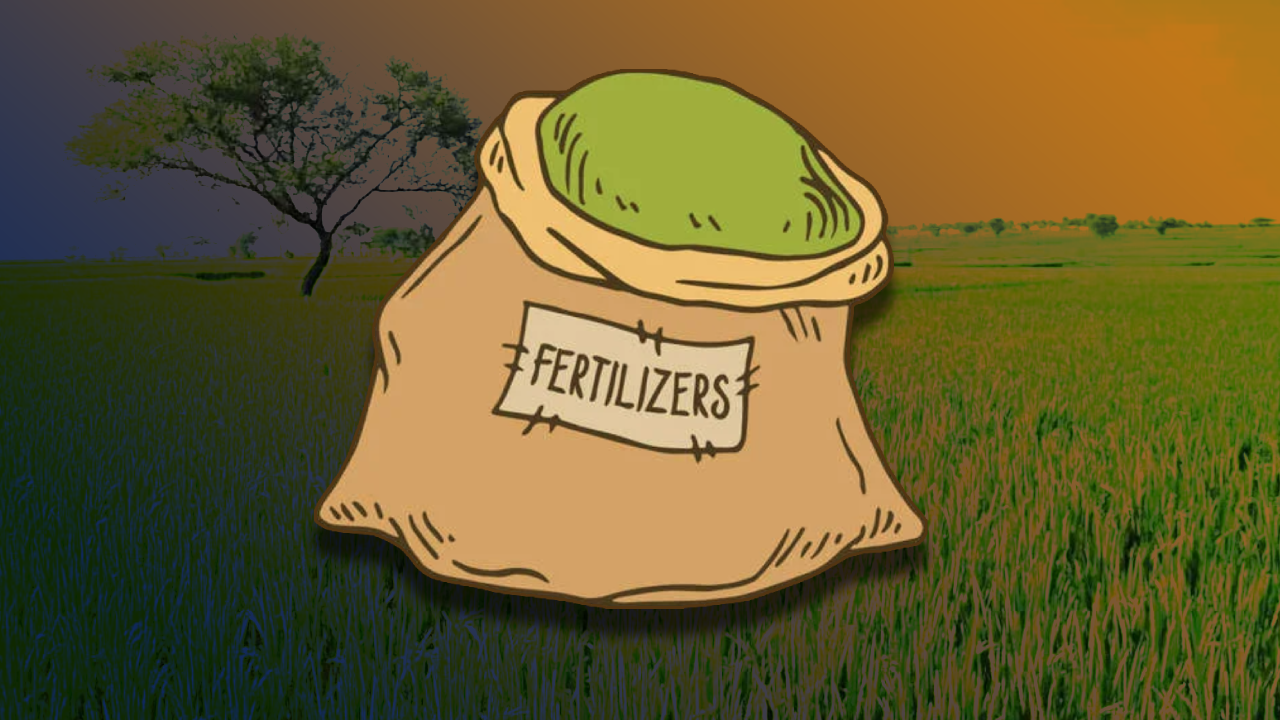Potential Excess of Fertilizer Subsidy Budget Due to Urea and Nutrient Cost Increase 2023

Potential Excess of Fertilizer Subsidy Budget Due to Urea and Nutrient Cost Increase 2023
Fertilizer subsidies play a crucial role in sustaining agricultural productivity and ensuring food security in many countries, including India.
These subsidies help farmers access essential nutrients at affordable prices ultimately boosting crop yields and rural incomes.
:strip_icc()/Fertilizing-plants-0440837aeee64749832645ba62572f95.jpg)
However, in recent years, the rising cost of urea and other essential nutrients has put significant pressure on government budgets allocated for fertilizer subsidies. This article explores the challenges posed by the escalating costs of fertilizers and the potential consequences for the agricultural sector and the overall economy.

Fertilizer subsidies are instrumental in supporting agricultural development, particularly in countries with large farming populations like India.
These subsidies make fertilizers more affordable for farmers, allowing them to improve soil fertility and maximize crop yields. Urea, a nitrogen-rich fertilizer, is among the most widely used fertilizers globally.
Due to a recent increase in the price of urea and other farm inputs on the world market, a growth in consumption, and the potential for future energy price increases, the fertiliser subsidy in the current fiscal is expected to surpass the planned Rs 1.75 trillion.
This comes after a precipitous decline in the price of fertiliser throughout the world since the year’s commencement.While prices of fertilisers such as urea, di-ammonium phosphate (DAP), and potash declined in the first four months of the current fiscal year compared to record-high levels a year earlier, industry sources warned that unstable geopolitical situations and the potential for a rise in liquefied natural gas, a crucial component for urea production in the coming months, may drive up the cost of fertilisers.
Every year, the government releases phosphatic and potassic fertiliser subsidy rates for the kharif and rabi seasons.

In terms of volume, imports make about a third of the 60 MT per year that the United States consumes in soil nutrients.
Manufacturers receive fertiliser subsidies from the government and then sell their products to farmers via retail chains. Since October 2016, farmers have been granted subsidies via point of sale (PoS) systems that have been put in place at about 0.2 million retail locations. Since March 2018, Aadhaar numbers, Kisan Credit Cards, and other papers have been used to identify beneficiaries.
It is a crucial component of the fertilizer subsidy program in India.
One of the primary concerns currently facing policymakers is the escalating cost of urea and other essential nutrients used in agriculture. Several factors contribute to this increase in costs:
1.Higher Production Costs: The manufacturing of fertilizers involves energy-intensive processes, such as natural gas conversion and ammonia production. Fluctuations in energy prices directly affect production costs.
2.Global Price Volatility:Urea and other nutrient prices are subject to global market forces, including changes in demand, supply disruptions, and geopolitical factors. These volatile global markets can lead to unpredictable price fluctuations.
3.Increased Transport Costs:Rising fuel prices impact transportation costs, which are a significant component of the overall cost of fertilizers.
4.Environmental Regulations: Stringent environmental regulations aimed at reducing greenhouse gas emissions and environmental impacts in the fertilizer manufacturing process can lead to additional production costs.
Higher fertilizer prices can lead to budget overruns in the subsidy program. To ensure farmers receive essential nutrients at affordable rates, the government may have to allocate more funds than initially budgeted.Excessive spending on fertilizer subsidies can strain government finances, potentially diverting resources away from other critical sectors such as healthcare, education, and infrastructure development.
If the budget falls short, farmers may face delays in receiving subsidies or receive reduced amounts. This can negatively impact their ability to purchase fertilizers and invest in their crops.Budget constraints may lead to inefficiencies in the distribution of subsidies, potentially resulting in leakages and corruption within the system.

Implementing technology-driven solutions for fertilizer distribution can reduce inefficiencies and prevent leakages in the subsidy system.Promoting balanced nutrient use and educating farmers about the right application techniques can help optimize fertilizer use and reduce costs.Encouraging the use of alternative and eco-friendly fertilizers can help reduce the reliance on costly options like urea.
Building and maintaining strategic fertilizer reserves can provide a buffer against price fluctuations and supply disruptions.
Exploring mechanisms such as price caps or hedging strategies to stabilize fertilizer prices in the domestic market.
The rising cost of urea and other essential nutrients poses a significant challenge to the sustainability of fertilizer subsidy programs in many countries, including India.
While these subsidies are crucial for supporting agricultural growth and food security, budget constraints resulting from increasing fertilizer prices necessitate innovative policy interventions.

Policymakers must strike a balance between providing affordable fertilizers to farmers and managing fiscal resources effectively to ensure the long-term sustainability of these critical agricultural support programs.



